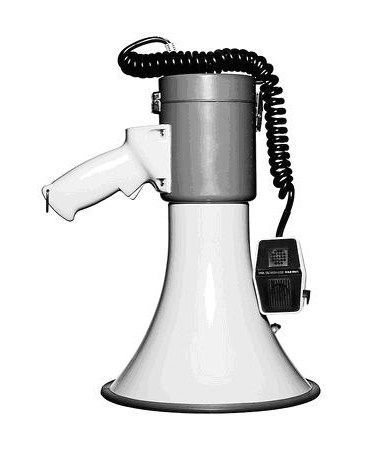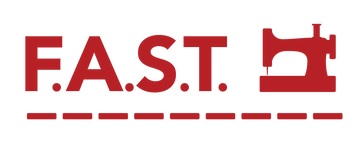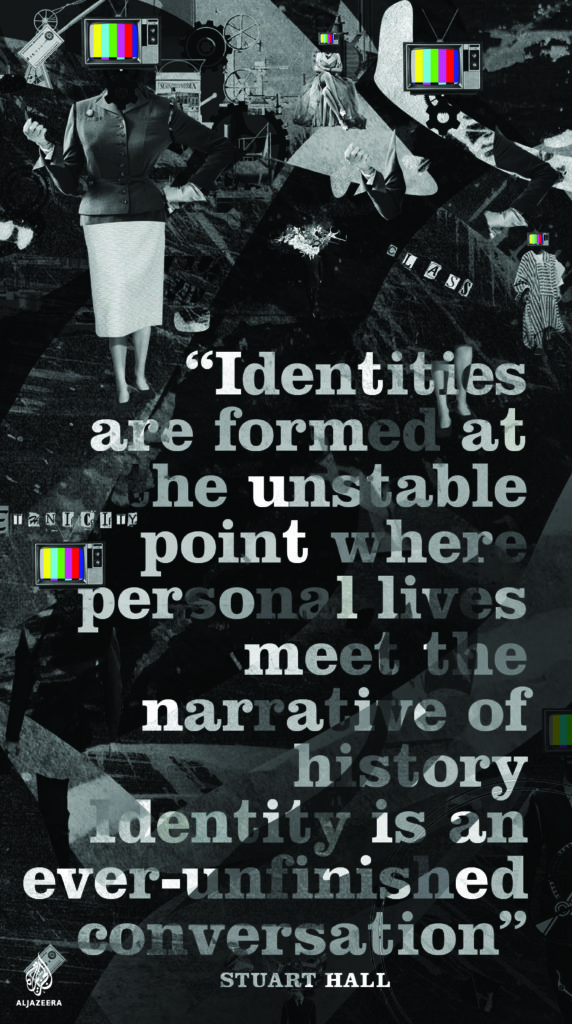
This blog post was inspired by an email I recently received from a colleague. She was doing some writing related to the garment sector in Bangladesh, and she asked me a very simple question:
“Is there a standard or particularly good reference on the garment industry in Bangladesh, or even on the numbers of people working there?”
Actually not a very simple question at all.
Immediately, I was reminded of a recent study out of NYU Stern Center for Business and Human Rights—a study I wanted to write a blog post about a while back, but didn’t.
I wanted to share the study, because I so love its presentation. It’s not very often that academic research is packaged in accessible and engaging formats. And this one was! You may have already come across it, and if you have then you know exactly what I’m talking about—it’s cool. It attempts to map factories in Bangladesh, and you can zoom in and out, and there are images, and statistics—who doesn’t love easy to digest figures? It’s very interactive, and its presentation reminded me a bit of the “The shirt on your back” interactive from The Guardian (launched on the 1 year anniversary of the Rana Plaza collapse). I wanted to share it with you as an example of how researchers can share findings in new and exciting ways.
The reason I didn’t share it with you is because—as usual—it’s all a bit more complicated than it seems: the research has been contested.
The study in question is “Beyond the Tip of the Iceberg: Bangladesh’s forgotten apparel workers” by Sarah Labowitz and Dorothée Baumann-Pauly. According to the researchers, there are more than 7,000 factories in Bangladesh, with more than 5 million workers. These figures are a big jump from previous stakeholder estimates, which typically cite over 3,500 factories (sometimes estimated at 4,000-4,500), with approximately 4 million workers (sometimes cited as just less than this).
Researchers at Penn State Center for Global Workers’ Rights, alongside other academics, have critiqued the report.[1] These researchers determined that the Stern results were inflated as a result of a flawed research methodology (specifically with respect to data collection) and sought clarification. Here’s how it all went down:
Business & Human Rights Resource Centre and Just-Style offer summaries that break this all down, but I recommend reading the original documents and responses listed above.
So, the official numbers are being challenged, but that’s not really the main point of the critique. What the researchers have seemingly found most problematic, is Stern’s use of the iceberg analogy—with ‘tip of the iceberg’ implying that efforts underway in Bangladesh to secure building safety since Rana Plaza (Accord, Alliance and the national initiative, specifically) are only just cracking the surface.
Essentially, all of the researchers agree that factory remediation in Bangladesh post-Rana Plaza is moving far too slowly. However, the Stern researchers have argued that the sector is much, much bigger than anyone cares to admit. And in doing so, they have determined that worker safety is just barely being addressed.
Now back to that email from my colleague: how many factories? How many workers? Estimates only at the moment, I’m afraid. In the end, I directed her to recent(ish) ILO figures (see here, for example).
It’s crucial to remember that the entire industry has trouble with numbers, not just Bangladesh. Accurate data on global fashion and apparel production is difficult, because so many of its moving parts (and people) remain out of sight.
Recently, I participated in a panel discussion on modern slavery at the University of Edinburgh. We know garment work ≠ modern slavery in and of itself. But we also know that working conditions in fashion and apparel supply chains can sometimes mirror that of modern slavery. And we know that forced labour exists in this system. At Social Alterations we work to support rigorous research, and we want that research to be sensitive to, and respectful of, context. Because it has to be. The workers’ perspectives are those that matter and are those that should be prioritised.
But research also needs to be open and accessible, hence my original intrigue with the Stern interactive site. This is just one of the reasons we’re supporting research initiatives like Safia Minney’s Kickstarter project: Slave to Fashion. Check it out, and get involved if you can.
[1] It’s interesting to note that this isn’t the first time research out of Stern on the garment sector in Bangladesh has been questioned. On 22 May 2014 a group of very prominent labour and human rights academics published this open letter.



 In light of the four year anniversary of the Rana Plaza collapse (April 24th), as well as International Workers’ Day (May 1st), I thought it would be a good time to share some new educational resources related to fashion and responsibility.
In light of the four year anniversary of the Rana Plaza collapse (April 24th), as well as International Workers’ Day (May 1st), I thought it would be a good time to share some new educational resources related to fashion and responsibility.






